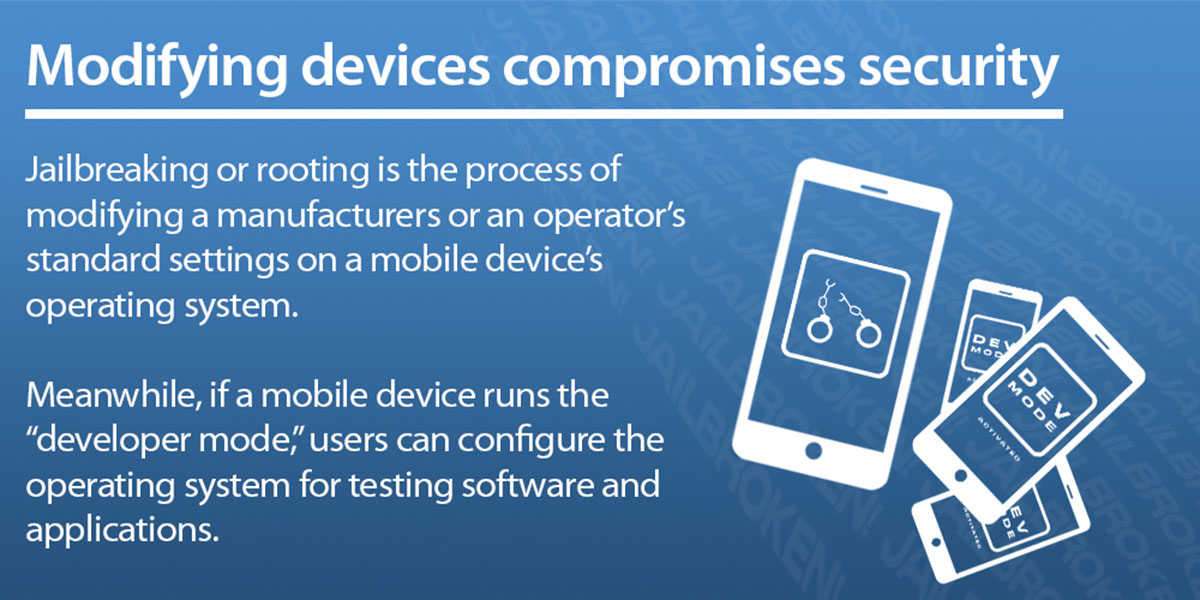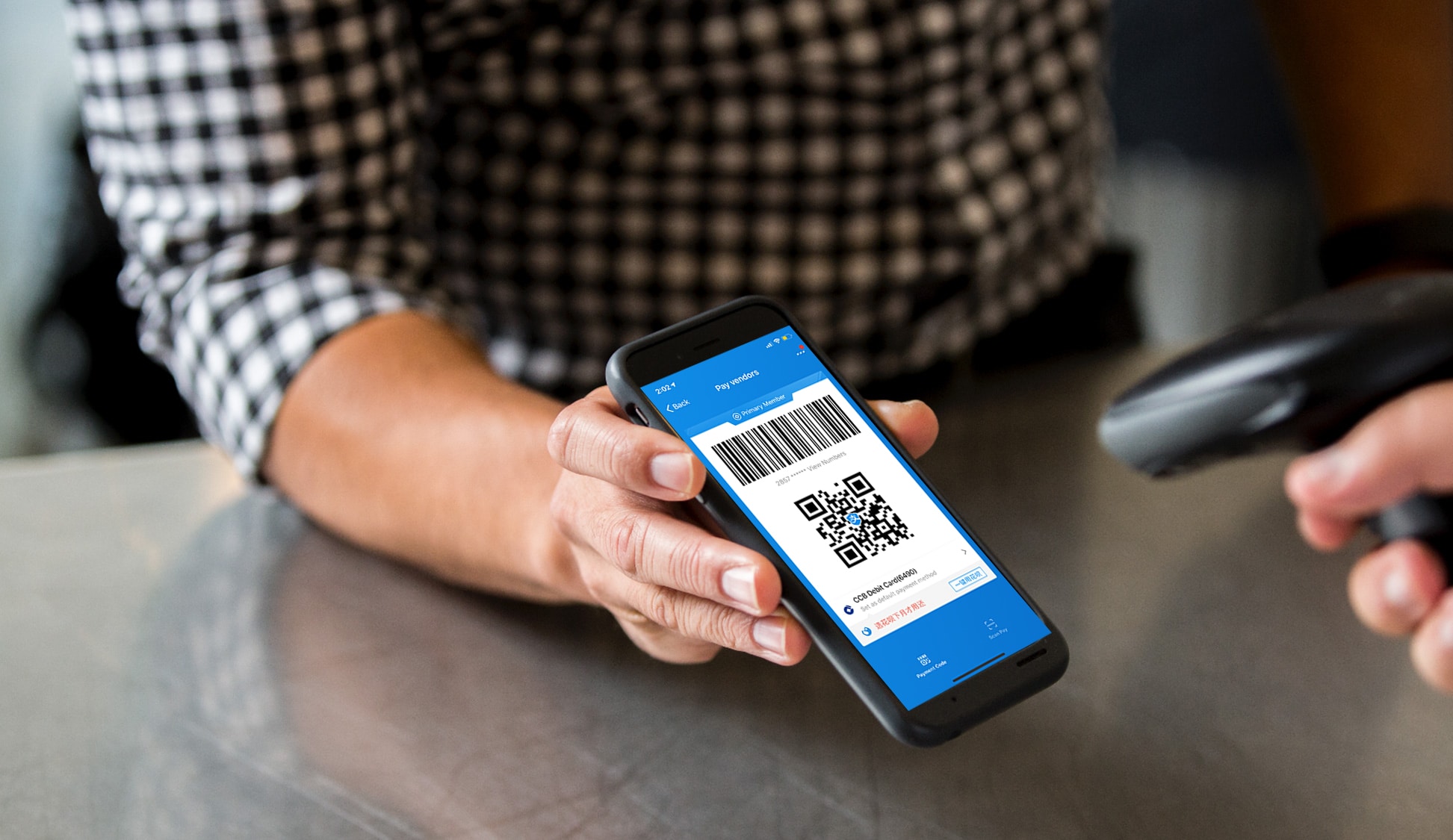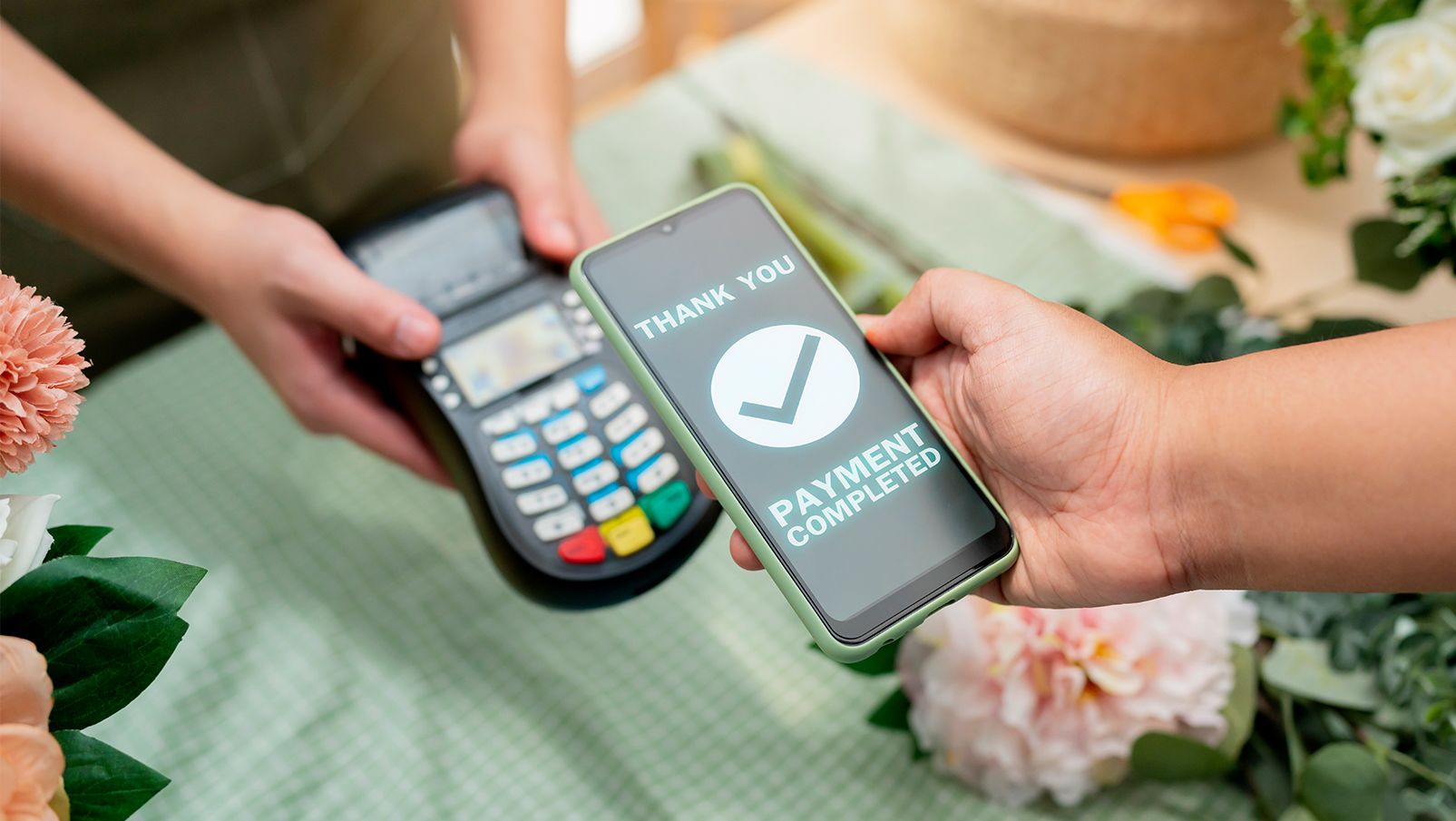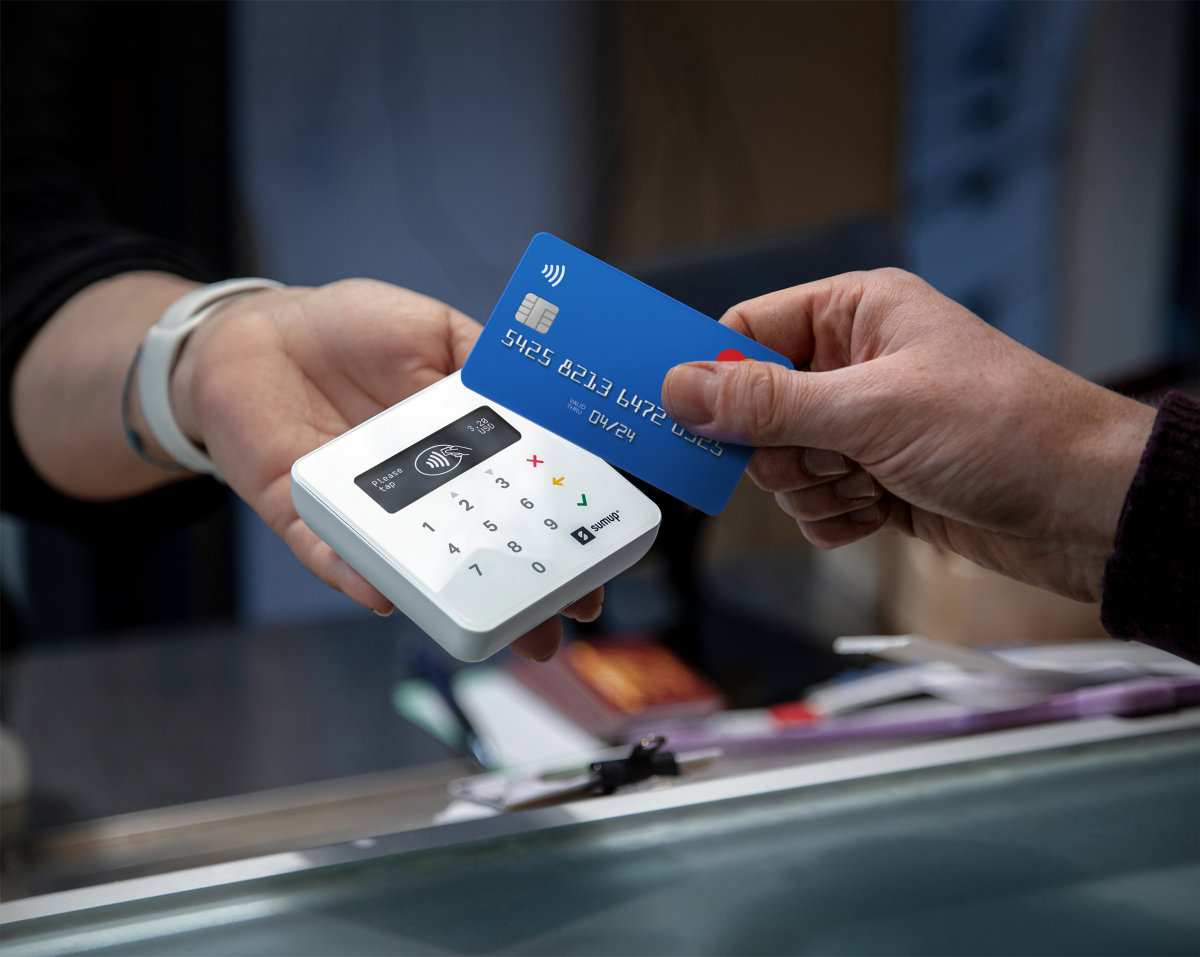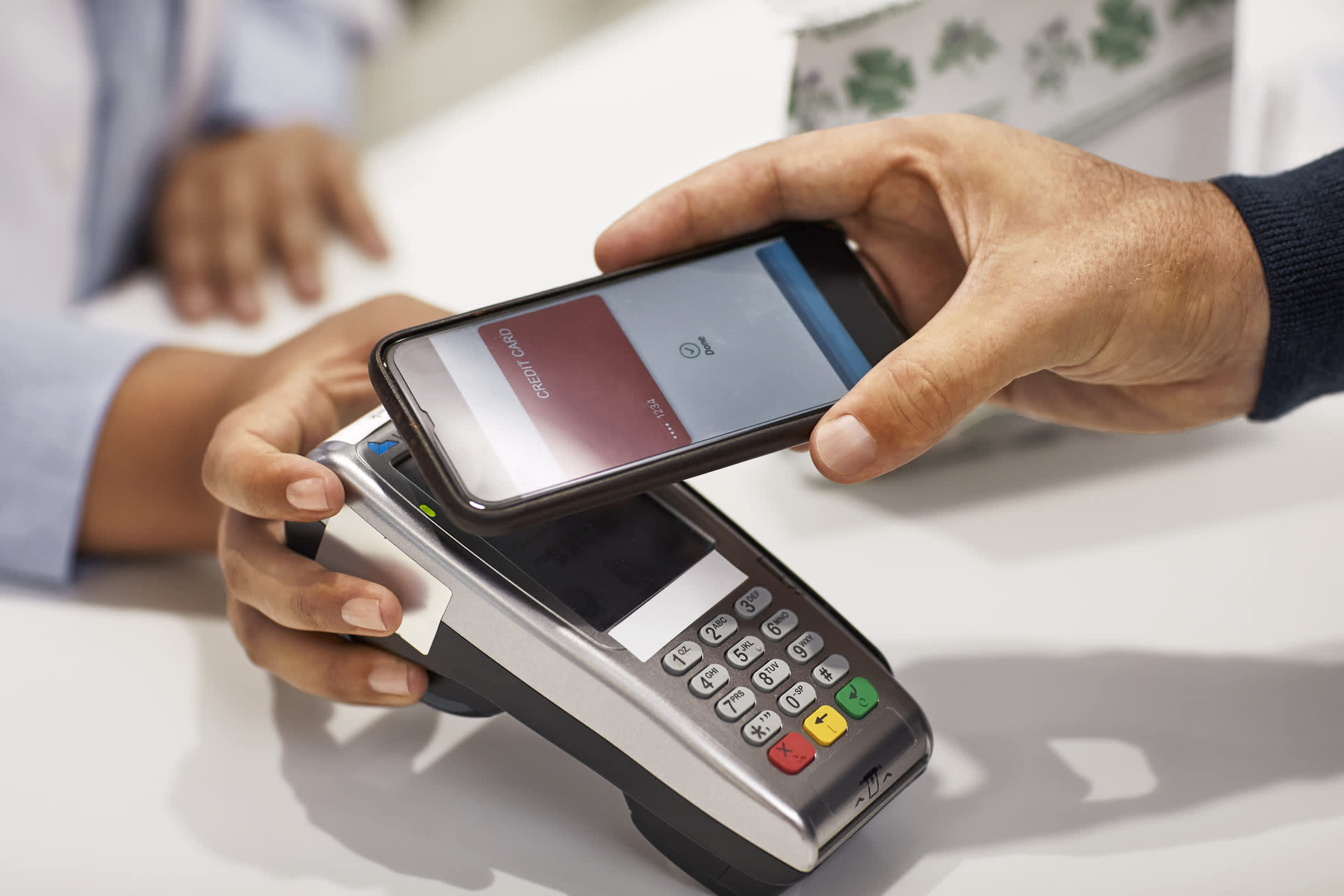Home>Finance>Why The US Lags Behind The World In Mobile Payments
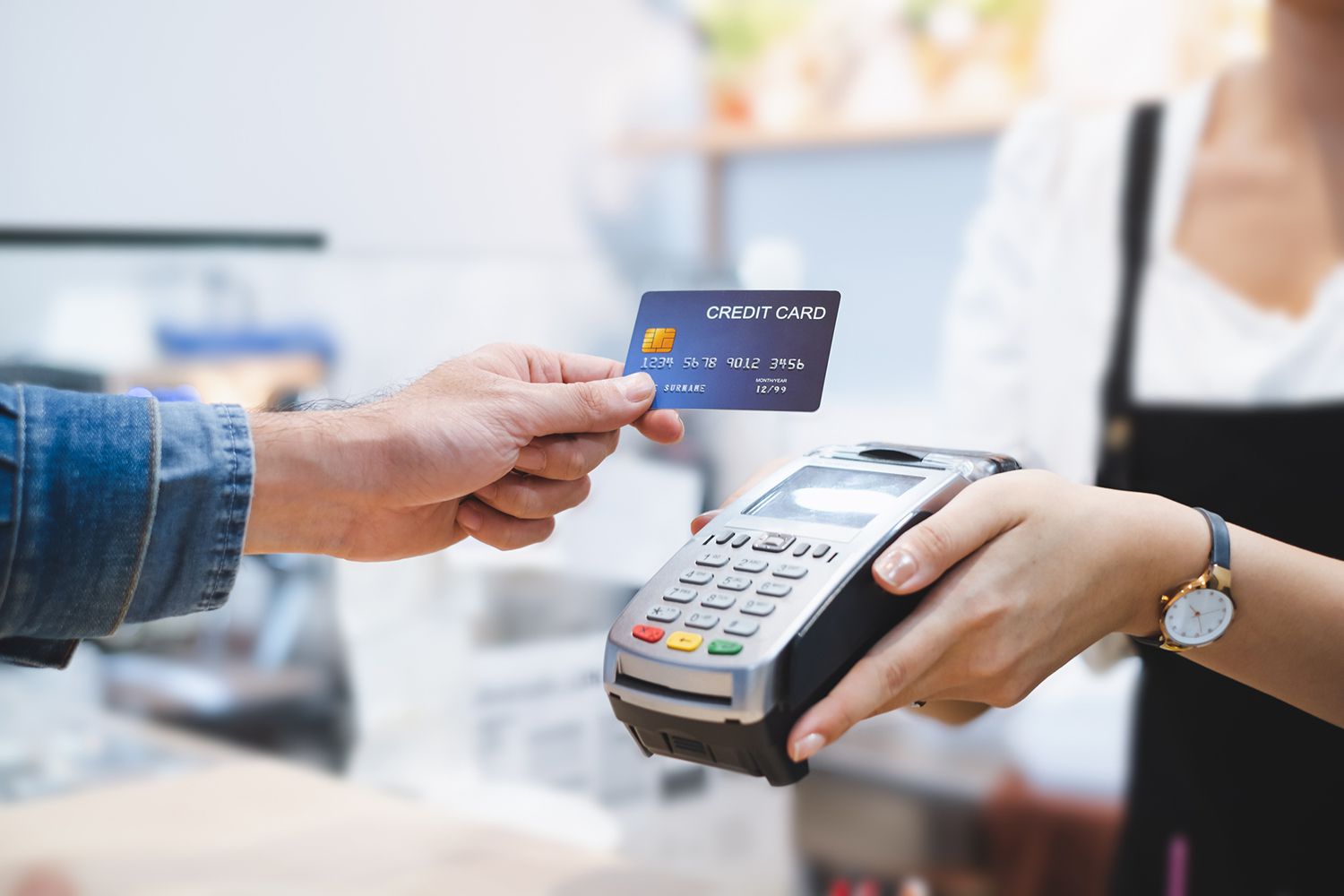

Finance
Why The US Lags Behind The World In Mobile Payments
Published: February 28, 2024
Discover why the US falls behind in mobile payments and the impact on the finance industry. Learn about the challenges and potential solutions.
(Many of the links in this article redirect to a specific reviewed product. Your purchase of these products through affiliate links helps to generate commission for LiveWell, at no extra cost. Learn more)
Table of Contents
Introduction
The world of finance is rapidly evolving, with technology playing a pivotal role in shaping the way we conduct transactions. One of the most significant advancements in recent years has been the rise of mobile payments, which have revolutionized the way individuals and businesses handle financial transactions. However, despite being a global leader in many aspects of technology and finance, the United States has surprisingly lagged behind in the adoption and implementation of mobile payment systems.
Mobile payments, also known as mobile wallets or digital wallets, enable users to make transactions using their smartphones, eliminating the need for physical cash or cards. These transactions are facilitated through secure and convenient platforms, offering a seamless and efficient alternative to traditional payment methods. With the proliferation of smartphones and the increasing demand for convenience, mobile payments have gained widespread popularity across the globe.
In this article, we will delve into the state of mobile payments in the US, exploring the factors contributing to its lag behind other countries. We will examine the role of regulation and infrastructure, consumer behavior and adoption, and potential solutions to bridge the gap. By understanding the dynamics at play and the challenges faced by the US in embracing mobile payments, we can gain valuable insights into the future of digital finance in the country. Let's embark on a journey to unravel the complexities and possibilities surrounding mobile payments in the US.
The State of Mobile Payments in the US
Despite being a global powerhouse in technological innovation and financial services, the United States has encountered challenges in fully embracing mobile payments on a widespread scale. While mobile payment options such as Apple Pay, Google Pay, and Samsung Pay are available to consumers, the adoption rate has not reached the levels observed in other parts of the world. The usage of mobile payments in the US lags behind that of countries like China, where mobile payment platforms have become deeply integrated into everyday life.
One of the key indicators of the current state of mobile payments in the US is the penetration rate among consumers. While a significant portion of the population possesses smartphones capable of supporting mobile payment applications, the actual usage remains relatively low. This disparity raises questions about the underlying factors that have hindered the widespread adoption of mobile payment solutions in the US.
Furthermore, the landscape of mobile payments in the US is marked by a complex interplay of various stakeholders, including financial institutions, technology companies, merchants, and consumers. The dynamics of this ecosystem have contributed to a fragmented and somewhat disjointed approach to mobile payment adoption, hindering the seamless integration and widespread acceptance of digital wallet solutions.
As we delve deeper into the factors influencing the state of mobile payments in the US, it becomes evident that the challenges are multifaceted and require a comprehensive understanding of the underlying issues. From consumer behavior and preferences to regulatory frameworks and infrastructure, a confluence of factors shapes the current landscape of mobile payments in the US. By examining these factors in detail, we can gain valuable insights into the complexities that have led to the country’s lag behind the rest of the world in mobile payment adoption.
Factors Contributing to the US Lagging Behind
Several interconnected factors contribute to the United States’ lag behind other countries in the widespread adoption of mobile payments. Understanding these factors is crucial in addressing the challenges and devising effective strategies to propel the country towards embracing digital payment solutions more comprehensively.
- Fragmented Ecosystem: The US financial ecosystem is characterized by a multitude of stakeholders, including banks, payment networks, merchants, and technology companies. This fragmentation has led to a lack of standardized approaches and interoperability, hindering the seamless integration of mobile payment solutions.
- Lack of Ubiquitous Acceptance: While major retailers and businesses in the US accept mobile payments, there remains a significant portion of smaller merchants and businesses that have been slower to adopt this technology. This lack of ubiquitous acceptance creates a barrier for consumers, impacting their willingness to rely on mobile payments for all transactions.
- Consumer Trust and Security Concerns: Despite the advancements in security measures for mobile payment platforms, concerns about data breaches and identity theft persist among consumers. Building trust and confidence in the security of mobile payment systems is essential to drive widespread adoption.
- Preference for Traditional Payment Methods: The entrenched use of credit and debit cards, as well as the enduring reliance on cash for transactions, has contributed to a slower shift towards mobile payments. Consumer habits and preferences play a significant role in shaping the adoption curve for digital wallets.
- Regulatory Complexity: The regulatory landscape surrounding mobile payments in the US is multifaceted, involving compliance with various state and federal regulations. Navigating this complex regulatory environment poses challenges for industry players, impacting the pace of innovation and adoption.
These factors, among others, have collectively contributed to the US lagging behind in the realm of mobile payments. Addressing these challenges requires a coordinated effort involving industry stakeholders, policymakers, and technology innovators to drive meaningful change and accelerate the adoption of digital payment solutions across the country.
The Role of Regulation and Infrastructure
The regulatory landscape and underlying infrastructure play pivotal roles in shaping the adoption and evolution of mobile payments in the United States. The interplay between regulatory frameworks, technological infrastructure, and industry standards significantly influences the trajectory of digital payment solutions across the country.
Regulatory Framework: The US financial sector is subject to a complex web of regulations at both the federal and state levels. The regulatory environment governing payment systems, data security, and consumer protection impacts the development and deployment of mobile payment technologies. Compliance with regulatory requirements adds layers of complexity to the implementation of digital payment solutions, influencing the pace of innovation and adoption.
Infrastructure Challenges: The infrastructure supporting mobile payments encompasses a broad spectrum of components, including point-of-sale (POS) systems, payment terminals, and backend processing networks. Achieving widespread interoperability and modernization of infrastructure is essential to facilitate seamless and secure mobile transactions. However, the diversity of legacy systems and the costs associated with infrastructure upgrades present challenges in creating a cohesive and standardized environment for mobile payments.
Interoperability and Standards: Establishing industry-wide standards and interoperable systems is critical for enhancing the accessibility and usability of mobile payment solutions. The lack of standardized approaches across the payment ecosystem has contributed to fragmentation and hindered the seamless integration of digital wallets into everyday transactions.
Policy and Innovation: Policymakers and regulatory bodies play a crucial role in fostering an environment conducive to innovation while safeguarding consumer interests. Balancing the need for security and consumer protection with the promotion of technological advancement is a delicate task that requires collaboration between industry participants and regulators.
Addressing the regulatory and infrastructure challenges requires a concerted effort from industry stakeholders, policymakers, and regulatory bodies. Streamlining regulatory requirements, promoting industry collaboration, and investing in modernizing payment infrastructure are essential steps in overcoming the barriers that have impeded the widespread adoption of mobile payments in the US.
Consumer Behavior and Adoption
Understanding consumer behavior and the factors influencing the adoption of mobile payments is essential in unraveling the complexities surrounding the slow uptake of digital wallets in the United States. Consumer preferences, habits, and perceptions significantly shape the trajectory of mobile payment adoption and usage patterns.
Preference for Convenience and Security: Consumers are increasingly drawn to payment methods that offer convenience, speed, and enhanced security. Mobile payment solutions have the potential to streamline transactions and offer advanced security features, aligning with consumer preferences for seamless and protected payment experiences.
Evolving Demographics: The generational shift towards tech-savvy demographics, such as millennials and Gen Z, presents an opportunity for the wider adoption of mobile payments. Younger consumers, who are more accustomed to digital interactions, are more likely to embrace mobile payment solutions, driving a gradual shift in consumer behavior.
Educational Efforts: Promoting awareness and educating consumers about the benefits and safety measures associated with mobile payments is crucial in fostering trust and confidence. Efforts to demystify digital wallet technologies and address security concerns can influence consumer perceptions and drive adoption.
Retailer and Merchant Influence: The availability and promotion of mobile payment options by retailers and merchants play a significant role in shaping consumer behavior. Wide acceptance and promotion of digital wallets at the point of sale can accelerate consumer adoption and usage, creating a more conducive environment for mobile payment solutions.
Behavioral Inertia: The entrenched use of traditional payment methods, such as credit cards and cash, contributes to behavioral inertia among consumers. Overcoming familiar habits and encouraging the transition to mobile payments requires addressing consumer preferences and providing compelling incentives for adoption.
By delving into the intricacies of consumer behavior and the underlying drivers of adoption, industry players can tailor strategies to align with consumer preferences, enhance awareness, and create an environment conducive to the widespread adoption of mobile payment solutions in the US.
Potential Solutions and Future Outlook
Addressing the challenges impeding the widespread adoption of mobile payments in the United States requires a multifaceted approach, encompassing technological innovation, regulatory initiatives, and consumer engagement. By exploring potential solutions and examining the future outlook, we can gain insights into the strategies that can drive the evolution of digital payment solutions in the country.
Streamlining Regulatory Frameworks: Collaborative efforts between industry stakeholders and regulatory bodies can streamline the regulatory landscape, fostering an environment conducive to innovation while ensuring robust consumer protection measures.
Infrastructure Modernization: Investments in modernizing payment infrastructure, including POS systems and backend processing networks, are essential to facilitate seamless and secure mobile transactions. Embracing interoperable and standardized systems can enhance the accessibility and usability of mobile payment solutions.
Consumer Education and Awareness: Initiatives aimed at educating consumers about the benefits, security features, and ease of use associated with mobile payments can foster trust and confidence. Promoting awareness campaigns to demystify digital wallet technologies can influence consumer perceptions and drive adoption.
Merchant Adoption and Promotion: Encouraging wider acceptance and promotion of mobile payment options by retailers and merchants can accelerate consumer adoption and usage. Incentivizing the adoption of digital wallets at the point of sale can create a more conducive environment for mobile payment solutions.
Technological Advancements: Continued innovation in mobile payment technologies, including enhanced security features, seamless integration with loyalty programs, and expanded functionalities, can further incentivize consumer adoption and drive the evolution of digital payment solutions.
Looking ahead, the future outlook for mobile payments in the US holds promise, driven by collaborative efforts to address regulatory complexities, modernize infrastructure, and engage consumers. As technological advancements continue to reshape the financial landscape, the potential for mobile payments to gain traction and become a pervasive aspect of everyday transactions is within reach. By embracing a holistic approach that encompasses regulatory, technological, and consumer-centric strategies, the US can pave the way for a transformative shift towards widespread adoption of mobile payment solutions.
Conclusion
The landscape of mobile payments in the United States presents a complex tapestry of challenges and opportunities, reflecting the intricate interplay of regulatory, technological, and consumer-driven dynamics. As we navigate the intricacies surrounding the country’s lag behind the world in mobile payment adoption, it becomes evident that a concerted effort is required to propel the evolution of digital payment solutions.
While the US has historically been a trailblazer in technological innovation and financial services, the slow uptake of mobile payments underscores the need for collaborative strategies that address the underlying impediments. Fragmentation within the financial ecosystem, regulatory complexities, consumer preferences, and the modernization of infrastructure collectively shape the current state of mobile payments in the country.
However, the future outlook holds promise, driven by the potential for regulatory streamlining, infrastructure modernization, consumer education, and technological advancements to catalyze the widespread adoption of mobile payment solutions. By embracing a multifaceted approach that encompasses industry collaboration, policy initiatives, and consumer engagement, the US can position itself at the forefront of the global mobile payments landscape.
As we journey towards a future where mobile payments seamlessly integrate into everyday transactions, the convergence of innovation, regulation, and consumer empowerment will play a pivotal role in shaping the trajectory of digital finance in the US. By addressing the challenges and seizing the opportunities that lie ahead, the country can embark on a transformative path towards embracing the convenience, security, and efficiency offered by mobile payment solutions.
Ultimately, the evolution of mobile payments in the US is not merely a technological advancement but a societal shift towards a more streamlined, secure, and inclusive financial ecosystem. By fostering an environment that encourages innovation, collaboration, and consumer trust, the US can chart a course towards a future where mobile payments are seamlessly woven into the fabric of everyday commerce, enriching the lives of individuals and businesses alike.
